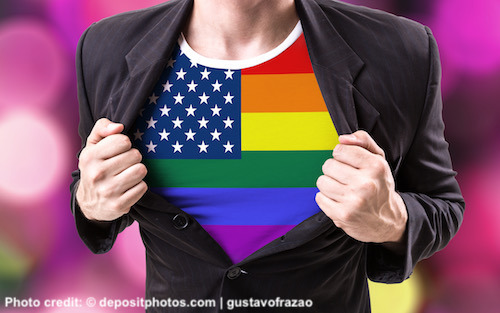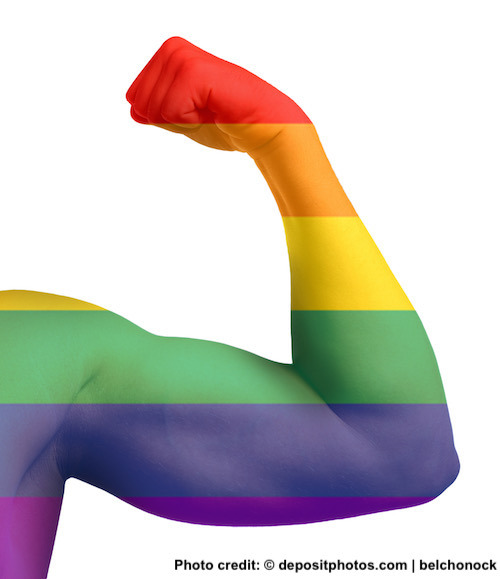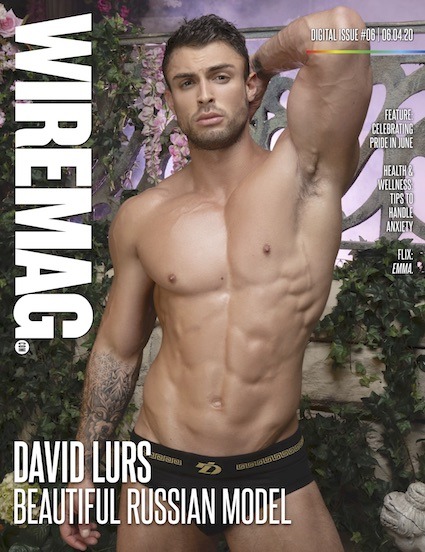#miami bach

By Nick Sedbrook

Today, Pride refers to the celebrations held in June where the queer community and our allies gather and celebrate in safe public spaces. However, not long ago, pride was seldom a word that a gay person would use to describe their feelings about their own sexuality. Lesbian, gay, bisexual, transgender and queer (LGBTQ) peoples were not always able to proclaim their identities freely. The queer community has fought hard to ensure that people are respected regardless of a label. But, exactly how far has the Gay Liberation Movement come?
Flashback fifty-one years ago, when police raids were as American as apple pie. People who rebelled against the traditional culture of the ‘50s were subject to discrimination. Like other marginalized groups of the era, gays had a limited amount of spaces to congregate and feel safe. Most of these places were bars – which were not even owned by members of the queer community. However, even in these supposed safe places, police still harassed them. Until one day, patrons of the Stonewall Inn – a gay bar in the Greenwich Village area of Manhattan – decided that LGBTQ citizens deserved equal rights.

That day was June 28, 1969. Ten New York Police Department (NYPD) policemen invaded Stonewall early that morning to perform a routine raid. Instead of accepting things the way they are, the customers in the bar chose to fight back. The scene erupted into more than 500 protestors challenging police authority outside the bar. The next day, multiple NYPD precincts swarmed Greenwich Village to control the protests. They were met with nearly 1,000 rioters proclaiming their distaste for the current system.
The protests continued into the next week. LGBTQ people grew tired of being oppressed. Rather than feeling ashamed, they decided to show Pride.
The Stonewall Inn riots were a series of violent protests against inequality based on sexual orientation. Thankfully, people like Marsha P. Johnson – an African American drag queen – resisted the oppression. The repercussions of the riots reverberated around the country. The message was clear – the LGBTQ community is here. Rather than feeling embarrassed for being different, they chose to celebrate it and fight for their right to express themselves. That night carved gay rights into the tree of the 1960s counterculture.

A year after Stonewall, on June 28, 1970, the first Pride marches took place in New York, Los Angeles and San Francisco. Other cities around the world held similar events to commemorate the historic riots. Since then, most Pride events take place in late June. These celebrations are a way to see how far the queer community has progressed since 1969. So, although there may not be any parades or festivities happening for Pride this year, let’s give thanks that there is such a month dedicated to our community. Remember the people who fought for the rainbow to be worn proudly.
At one point, being gay was synonymous with being a criminal. Never feel guilty for being different, and always show your PRIDE!
This was originally published in Wire Magazine Digital Issue 6.2020

